When Overwatch launched in 2016, I spent countless hours hurling grenades as Junkrat, cackling every time his traps snagged an unsuspecting healer. But, as with many long-running flings, the spark softly dimmed.
Then Overwatch 2 was released, and I hopped back on, but after a while, the gameplay loop started feeling a bit too familiar. I drifted away, focusing on other games and genres, only popping back in every few months or so for a hit of nostalgia or my beloved Lucioball.
In came an invitation to preview Overwatch 2’s upcoming changes, which among many things, introduces Perks and a brand-new Stadium Mode. A few games in at Blizzard HQ, it felt like 2016 all over again. Blizzard is taking risks, bringing fresh energy and innovation to a series that desperately needs it. And it’s unapologetically fun.
Perks Are A Small Change That Changes Everything
If you, like me, have ever thought, “I wish my favorite hero had just a little extra something to fit my playstyle,” then Perks are for you. Essentially hero-specific bonuses in Quick Play and Competitive that you unlock as you level up, they add just the right amount of depth without overcomplicating the game.
Naturally, I start the Perks preview with my main, Junkrat. One of the Perks I unlocked made his grenades travel faster but reduced his ammo capacity by one. It was chef’s kiss. Faster grenades meant my opponents, fellow playtesters and lovely journalists, had less time to dodge. I didn’t even notice the missing grenade. It was subtle but impactful, giving me just enough of an edge.
When it’s time to pick a Perk, it pops up in the bottom left corner, and you’re presented with two options to choose from. The process is quick and painless, keeping the action flowing without feeling like you’re stuck in a menu.
Next, I gave D.Va a shot. My first Perk, Bunny Stomp, amps up her damage when recalling her mech. Sounds great, right? Except I kept forgetting to actually use it mid-fight (old habits, meet my stubborn brain). That got me thinking, how are these new systems supposed to fit into the routines of players who’ve been doing their thing for nearly a decade?
Alec Dawson, lead gameplay designer, had his say, “I think a lot of people are gonna find their preferred path and then build that muscle memory.” Honestly? He’s probably right. Once you find Perk pathways that vibe with your playstyle, they’ll eventually feel natural. It’s a little awkward at first, kind of like trying to pat your head and rub your stomach, but with time, it’ll all start to click.
Yet when I first heard about Perks, I was skeptical. I was worried it might make things too complicated or unbalanced, but after playing a few games with it, they feel like a natural extension of the game — enhancing the experience without overloading it. After just a few matches, I’m already excited to discover more Perks and see how they change the way I play.
Stadium Mode Is Silly, Strategic, And A Blast
Next was Stadium, a 5v5 mode that feels like a mix of everything Overwatch 2 excels at: teamwork, strategy, and sheer pandemonium, but with some brand-new features. The standout? A shop system where you buy Powers and Items to tweak and enhance your hero.
I had a few immediate favorites. Soldier: 76 can basically get a mini-ult every time he uses Helix Rockets. D.Va can turn into a mech-sized WWE wrestler, slamming the ground and dealing damage after boosting. It’s exactly the kind of nonsense I want in a mode like this.
Each match is a best-of-seven format with objectives like control, push, or clash. You earn currency every round to buy more Powers and Items, which means your strategy evolves as the game goes on. But, and here’s the kicker, you’re locked into your hero for the whole match. No mid-game switches.
That scared me at first, but you know what? It works. If a Power or Item isn’t cutting it, you can refund it for full value and try something else. Instead of constantly swapping heroes, it’s about adapting and mastering the hero you’ve chosen.
For example, when a Reaper was tearing through my health as D.Va, I focused on upgrading my Matrix. In a regular game mode, I probably would’ve swapped to a more aggressive tank, but with Powers and Items, I didn’t need to. My upgrades gave me the tools to turn the tide.
Oh, and it’s a third-person mode. That change is purely for Stadium, but wow, it’s a blast. Seeing Soldier: 76’s speed trail or Lucio paint my feet green with his speed boost made me notice details I’ve been ignoring for years. Plus, the wider perspective really helps cut down on the screen clutter during those crazy, chaotic moments. And trust me, with all the new Powers and Items thrown into the mix, things definitely get hectic.
Heads up: there’s a fair amount of reading in this mode. Any given tab in the Armory can have up to 30 icons to click through and read. It’s basically the Overwatch version of a Sears catalog. The good news? You’ve got well over a minute in each phase to go through the Powers and Items, check out what your teammates picked, and make your choices. Right now, it’s kind of fun to explore and strategize, but it might get old once you’ve figured out your go-to picks. For now, though, it’s a nice little breather between the action.
Overwatch 2 Is Embracing Fun
If there’s one thing that stood out during my preview, it’s this: Overwatch 2 is letting loose. For years, balance and meta dominated the conversation. Now, with Perks and Stadium Mode, the devs are leaning into experimentation. They’re still careful to avoid breaking the game, but there’s a clear shift in tone. Less about decimal-perfect balance, more about delivering moments that just feel… fun.
Perks add a layer of personalization that keeps matches exciting, while Stadium Mode brings an irreverence that makes Overwatch 2 feel playful again. For the first time in years, I’m excited to jump back in, and this time, not just for nostalgia but to see what’s next. Overwatch 2 is swinging for the fences, I’m excited to see if they are home runs.
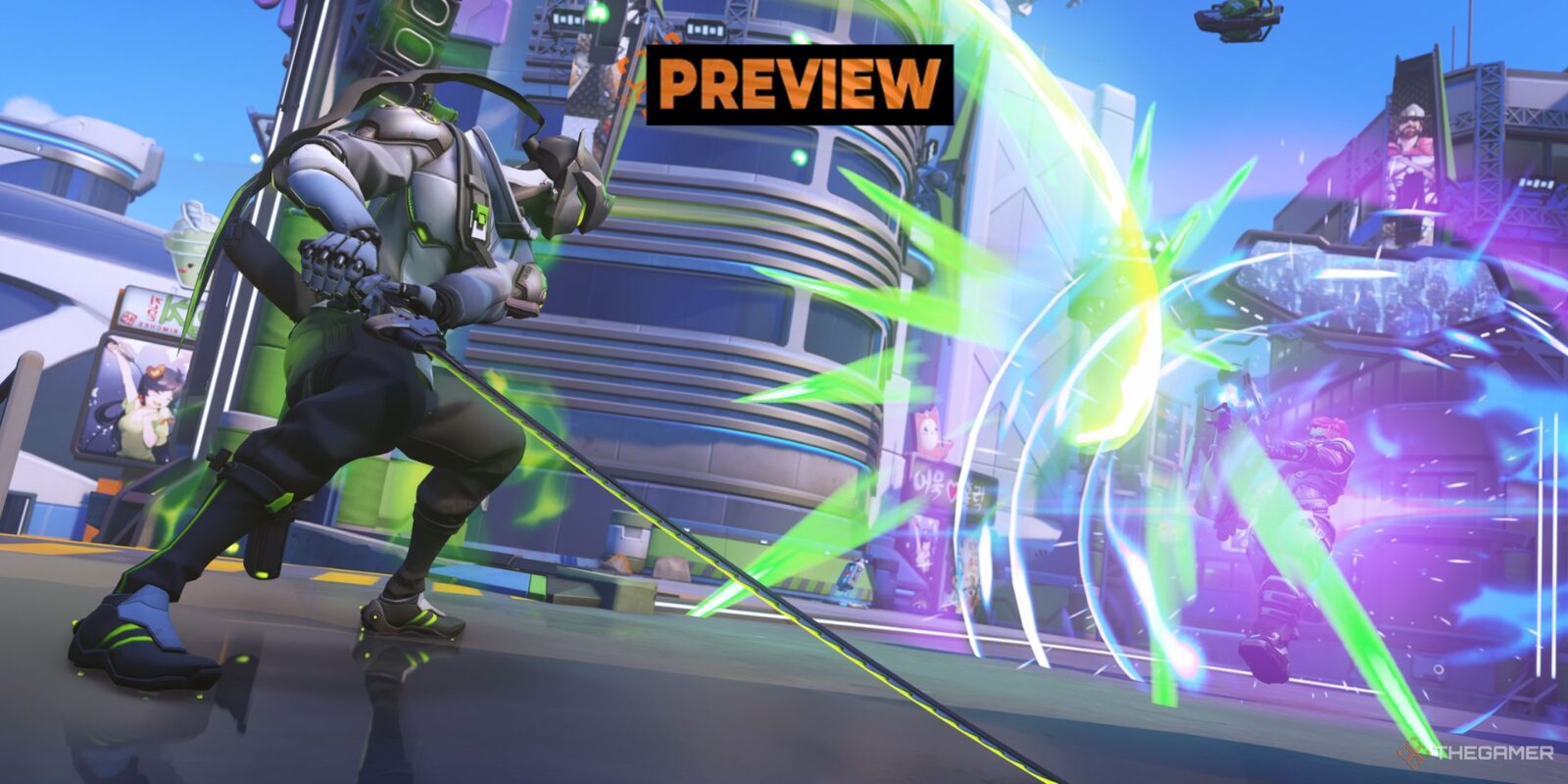

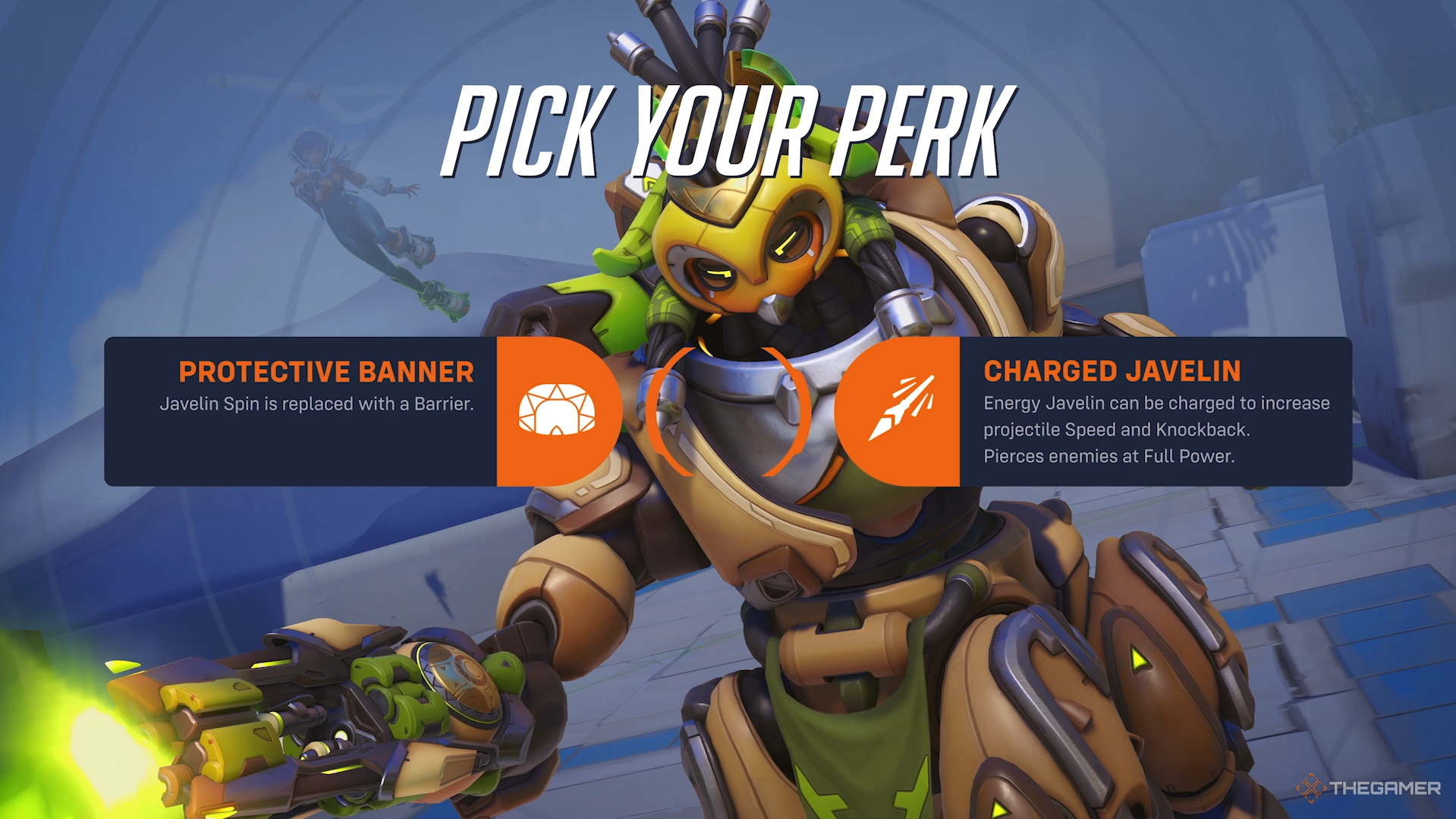
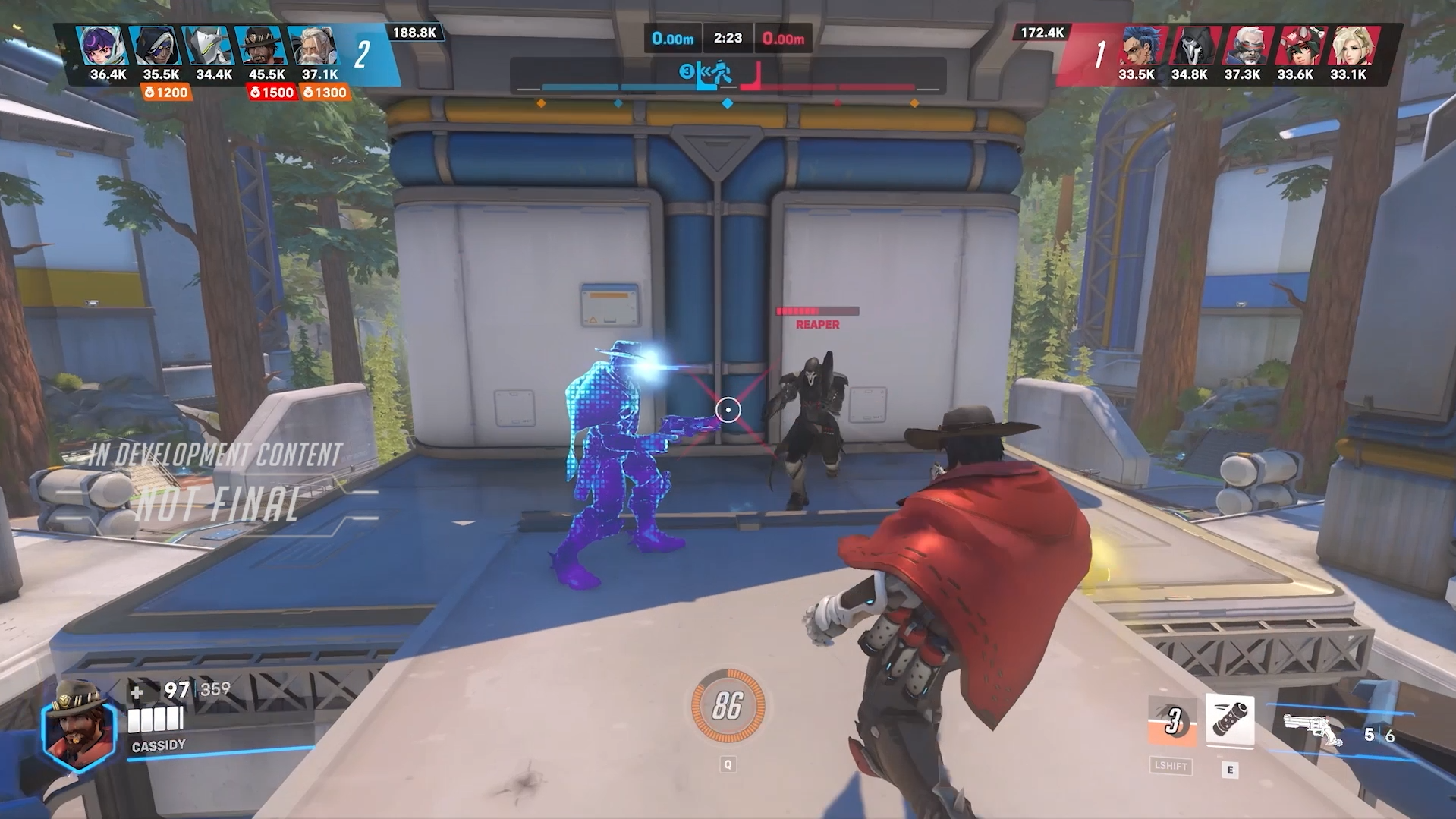
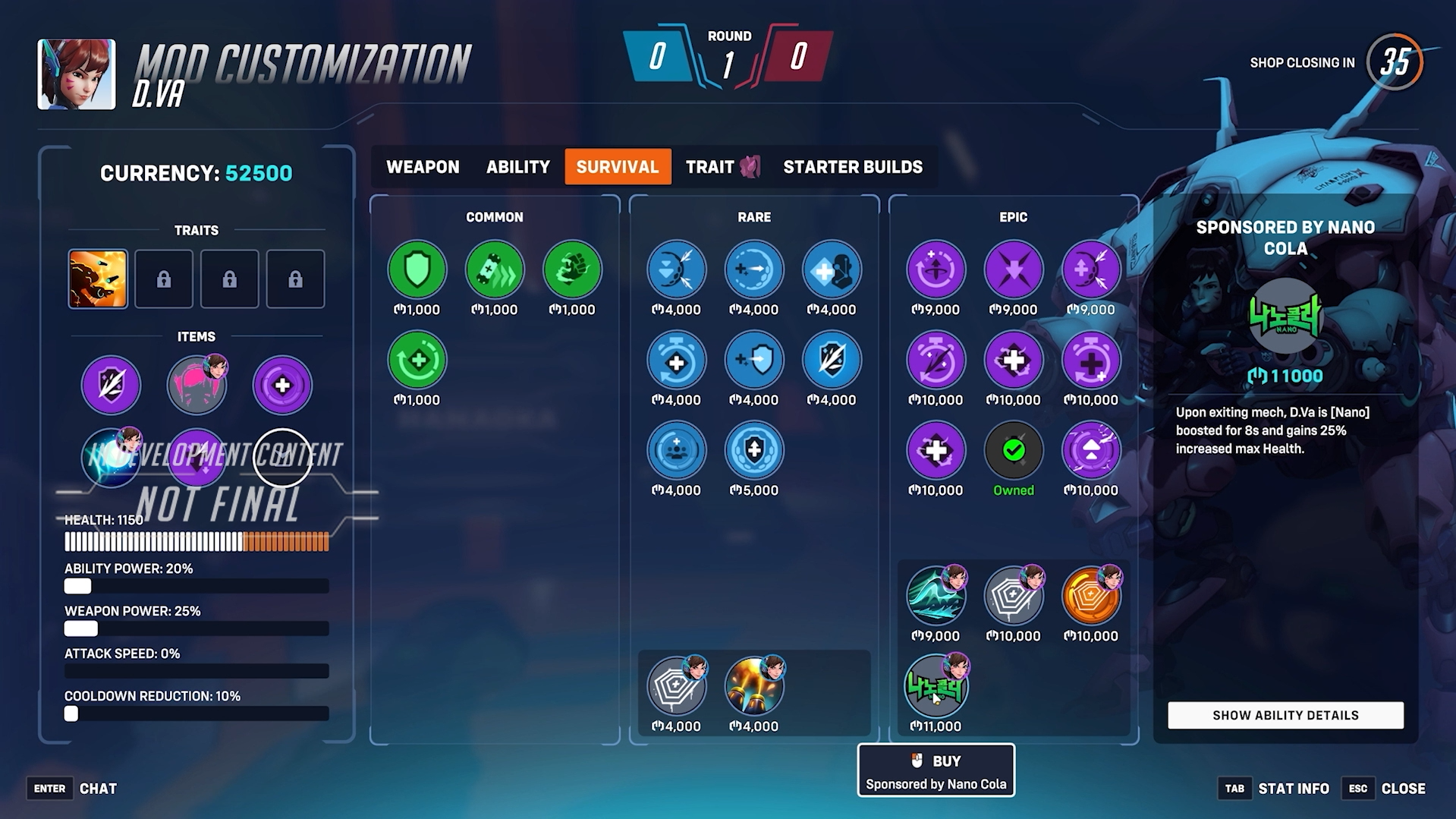
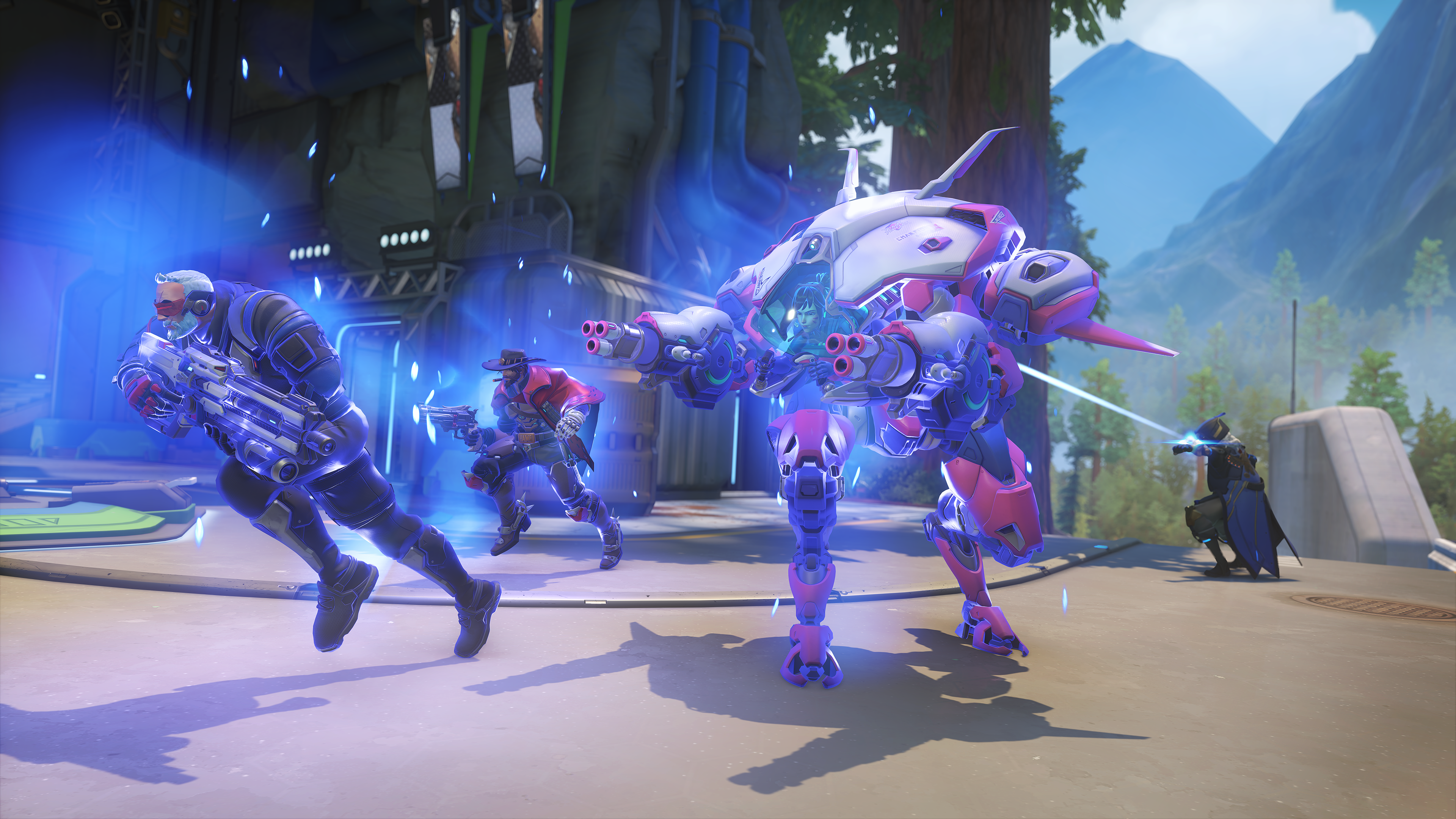
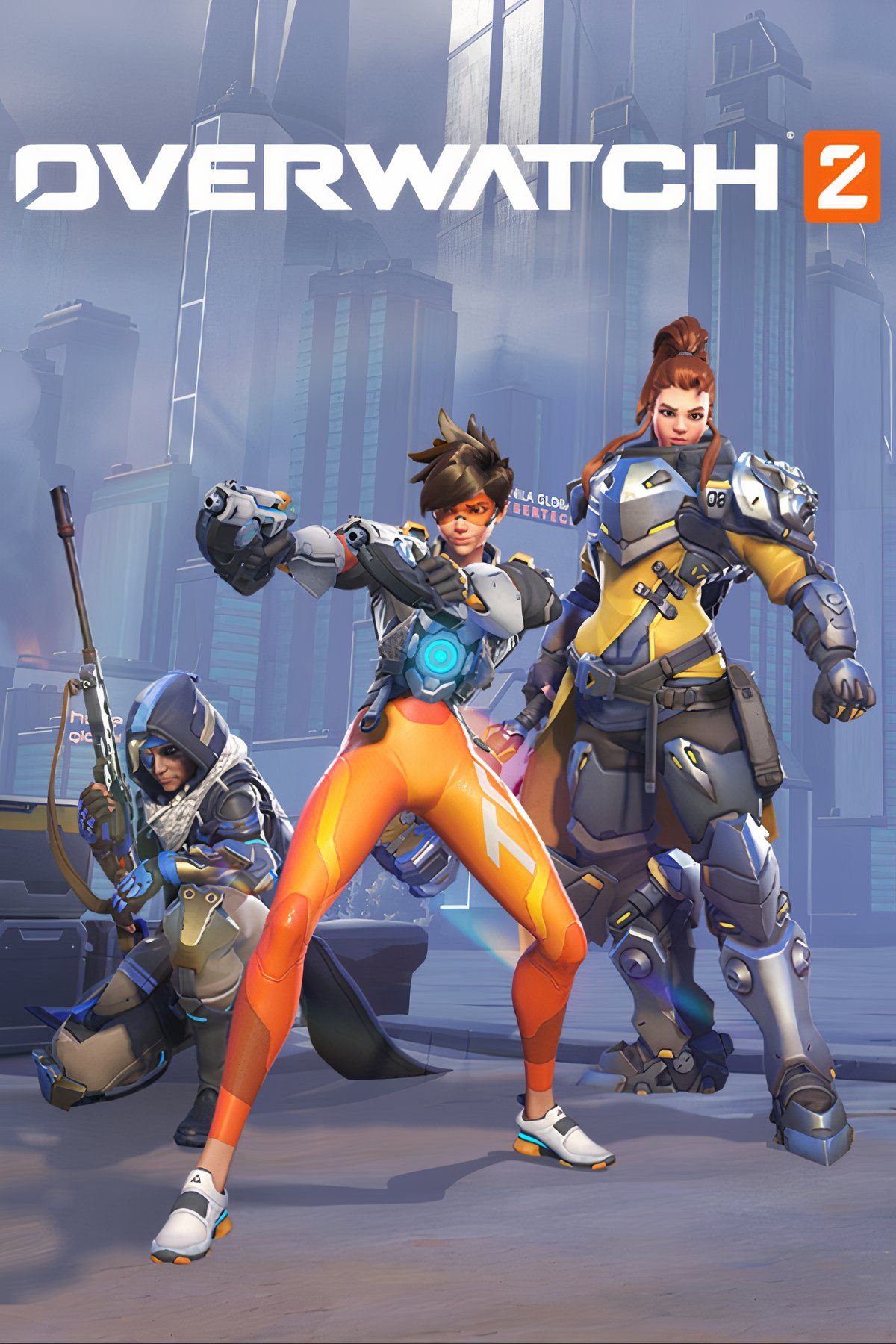





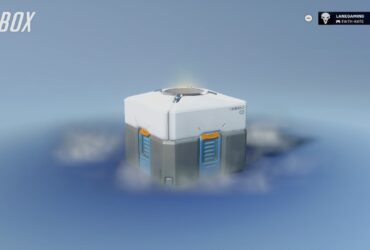




Leave a Reply